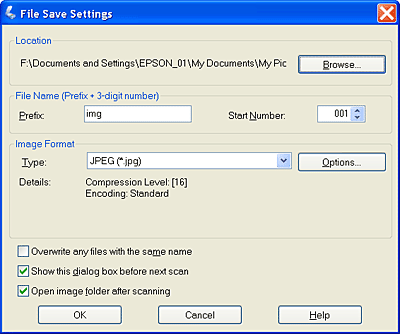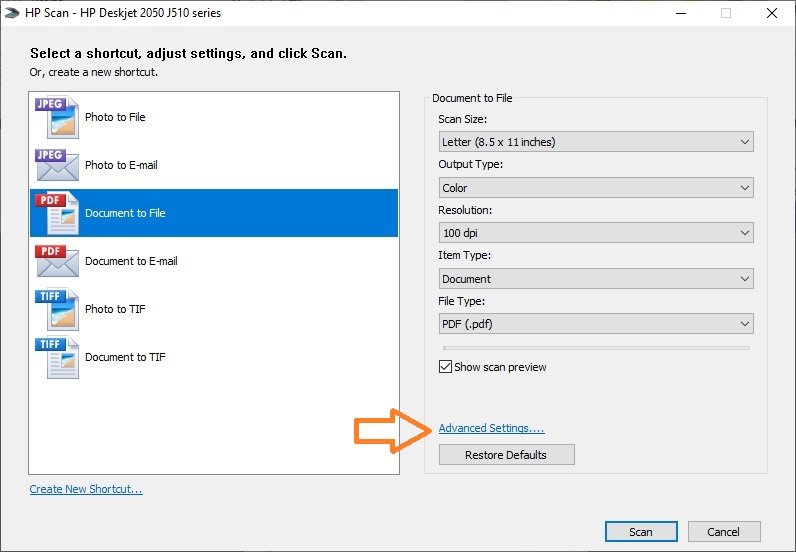


Choosing an imaging format can be a matter of document management system compatibility, sizing needs, legal requirements, or simply a matter of personal preference. Each has its own strengths, and each has its own weaknesses, so it’s up to a given user to decide which is the right choice for a given document. Choose your favorite cliché, but the truth remains the same: people need, and want, options.

TIFF: Which is the Right Document File Format for Your Needs?ĭifferent strokes suit different folks.


 0 kommentar(er)
0 kommentar(er)
